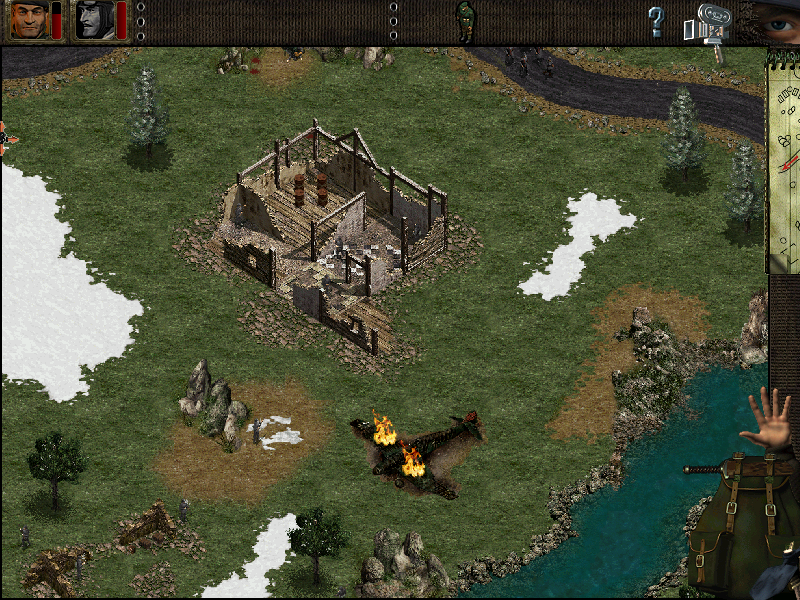
Others used bowls of water set along the tops of walls, which also responded to underground disturbances.

One method was to place drums at key points along the defensive line, and monitor them constantly for the telltale vibrations produced by digging through the earth.

Of course, ancient defenders knew the dangers of tunnel and sapping operations, and they devised means to detect any enemy tunneling activity. The resulting breach was then stormed by infantry, who hoped to pour through the opening and overwhelm the defenders before the gap could be plugged. More common was the effort to open a space under protective walls or towers, a process called “sapping.” The tunnel diggers shored up the foundations of the target area with dry wood planks until a prearranged time, at which the wood was ignited, causing a collapse of the newly-unsupported wall. An ancient besieging force might have begun tunneling operations in the hopes of bypassing a fortification’s walls, and launching a direct attack upon the interior, achieving surprise by the sudden emergence of warriors in an area previously considered immune from attack. Traditionally, tunnels have mostly been used as a means to approach and threaten fortified positions. While it might not share the glamor of the other domains, it has often been used to decisive effect throughout the recorded history of human conflict. This forgotten domain is the use of underground tunneling, as a means to create a subterranean axis of advance. However, a fourth domain is often overlooked in discussions of warfare, one that has been utilized as a means of covert approach toward enemy forces for thousands of years, and has recently been utilized to great asymmetric effect against some of the most powerful conventional forces on earth. In each of these venues, armed combatants struggle to defeat their adversaries and open a path to the political objectives that drive a conflict. Military strategists and pundits alike often refer to warfare in terms of three domains - namely land, sea, and air.


 0 kommentar(er)
0 kommentar(er)
